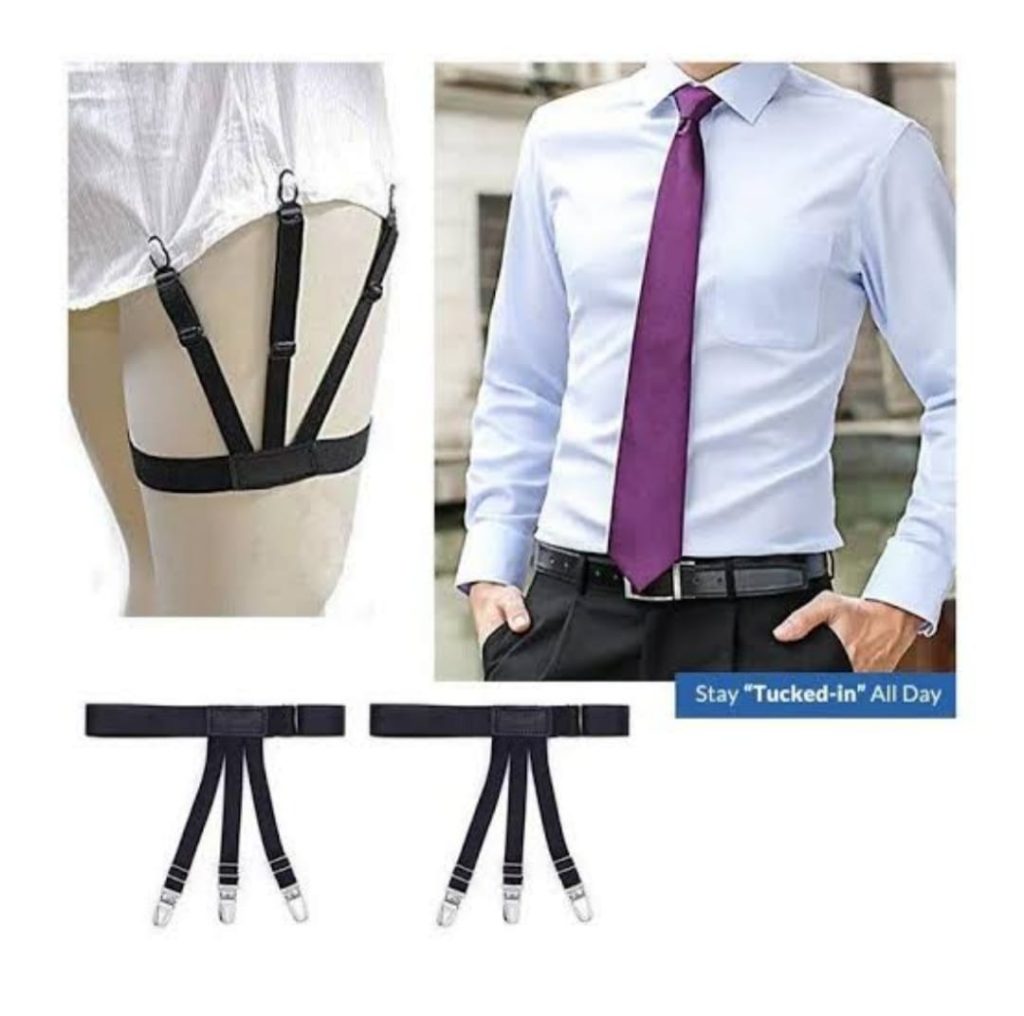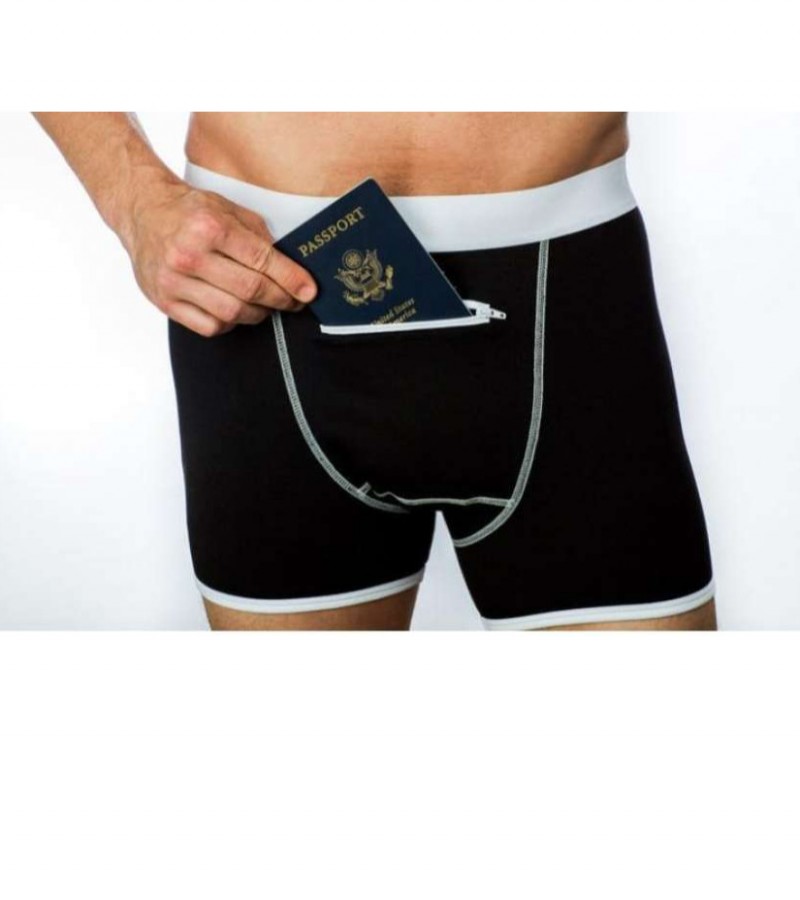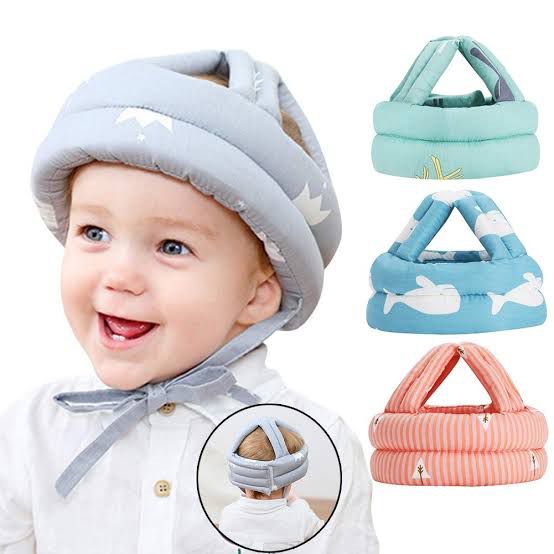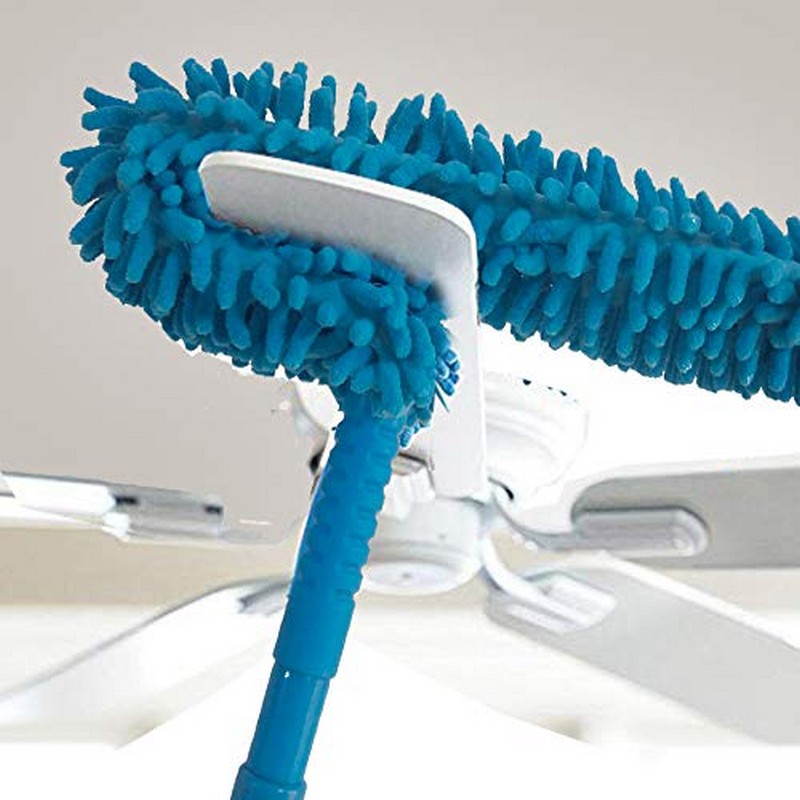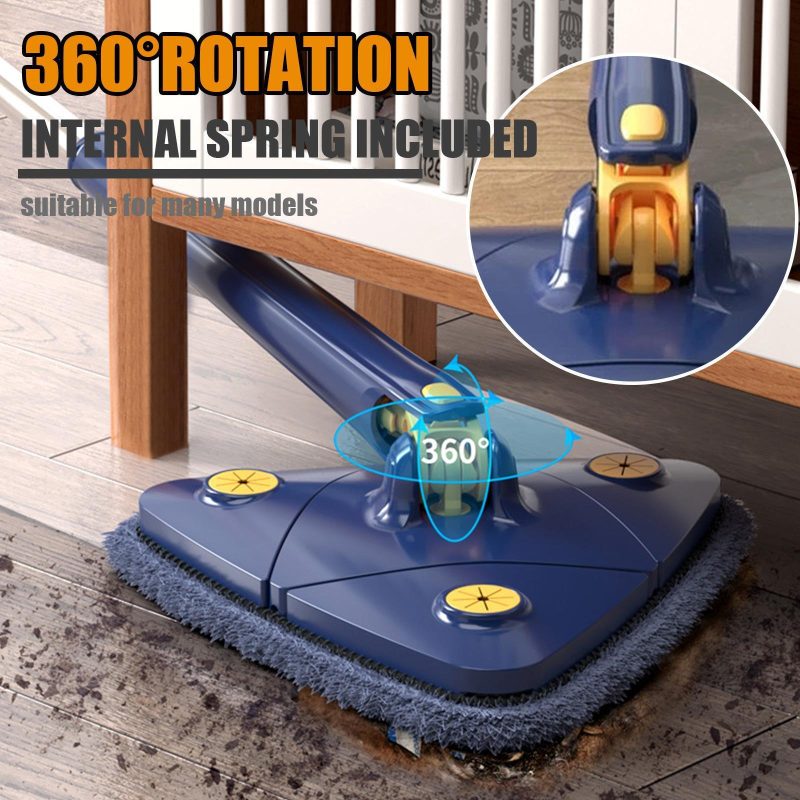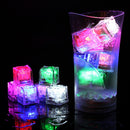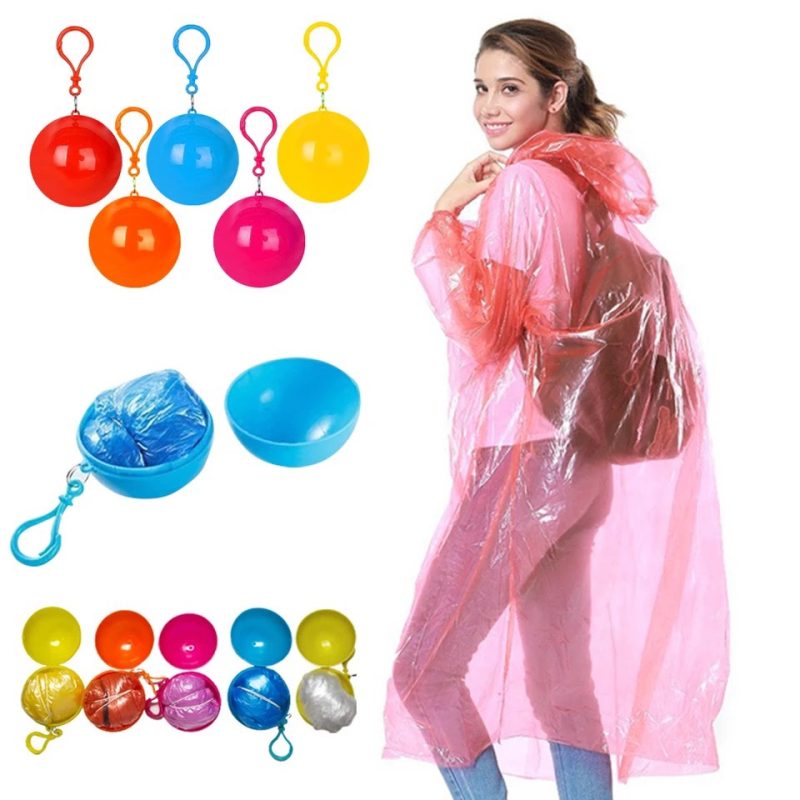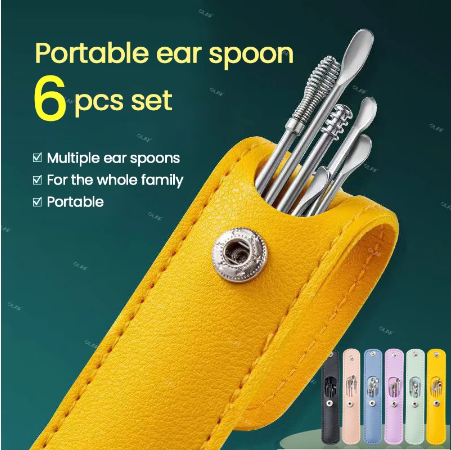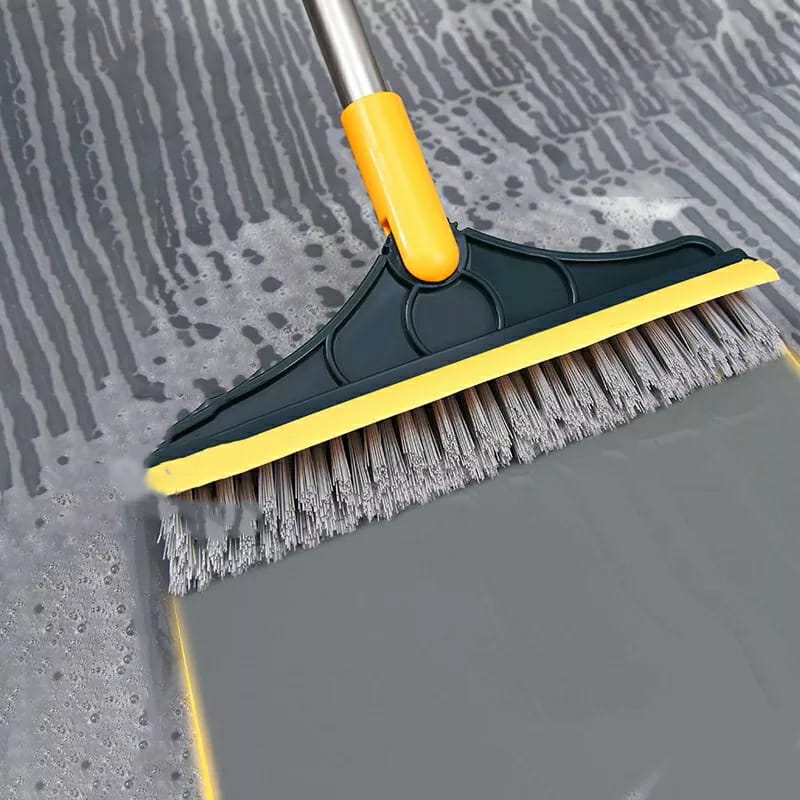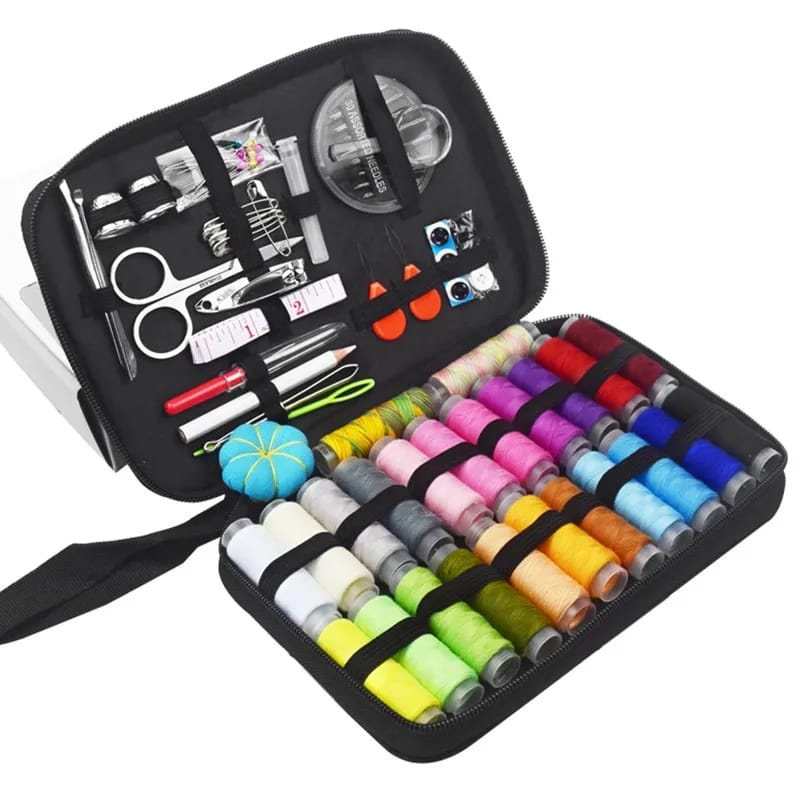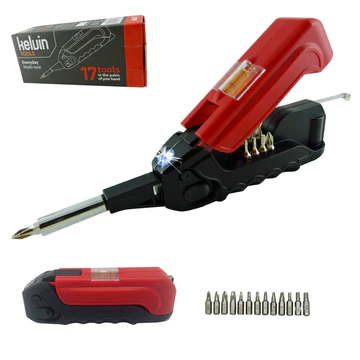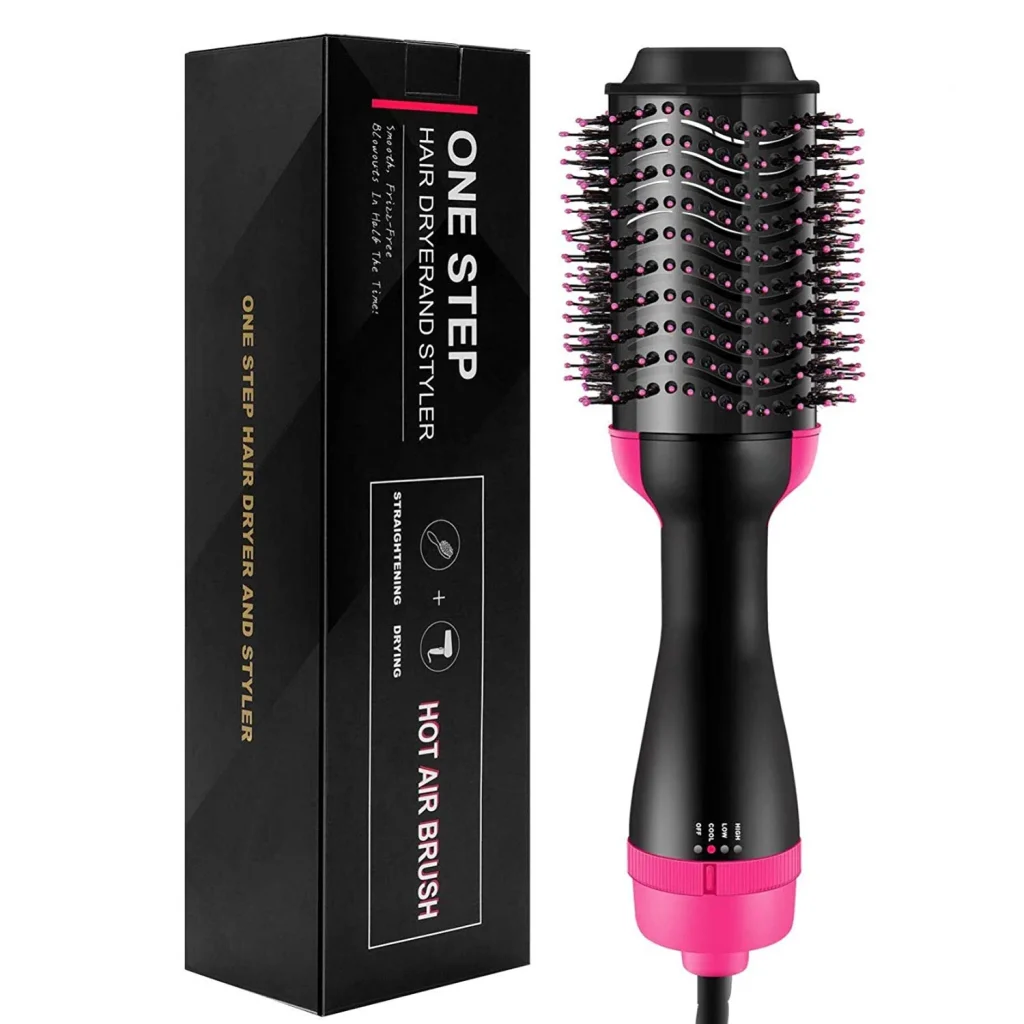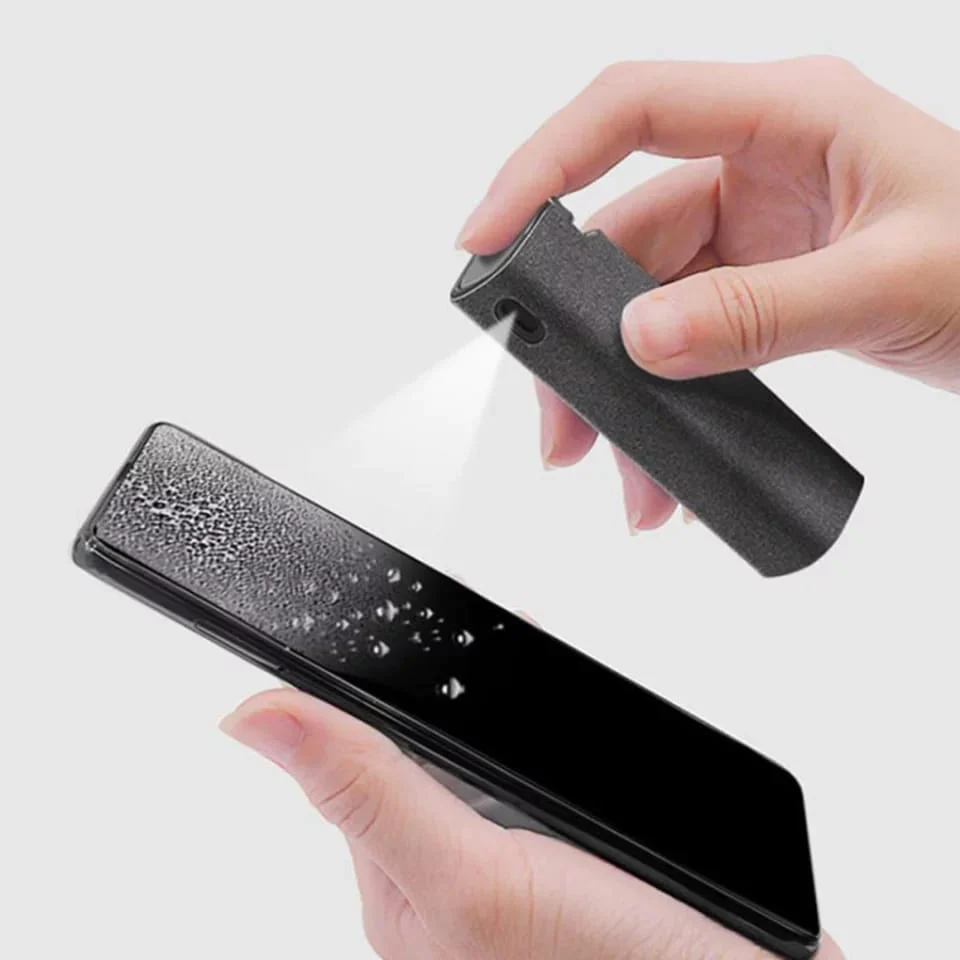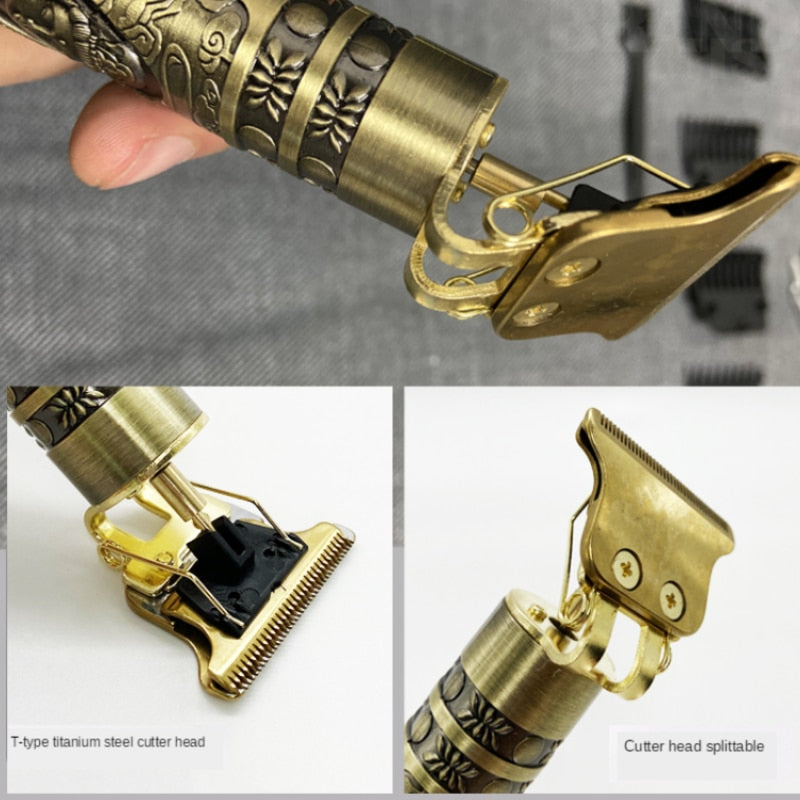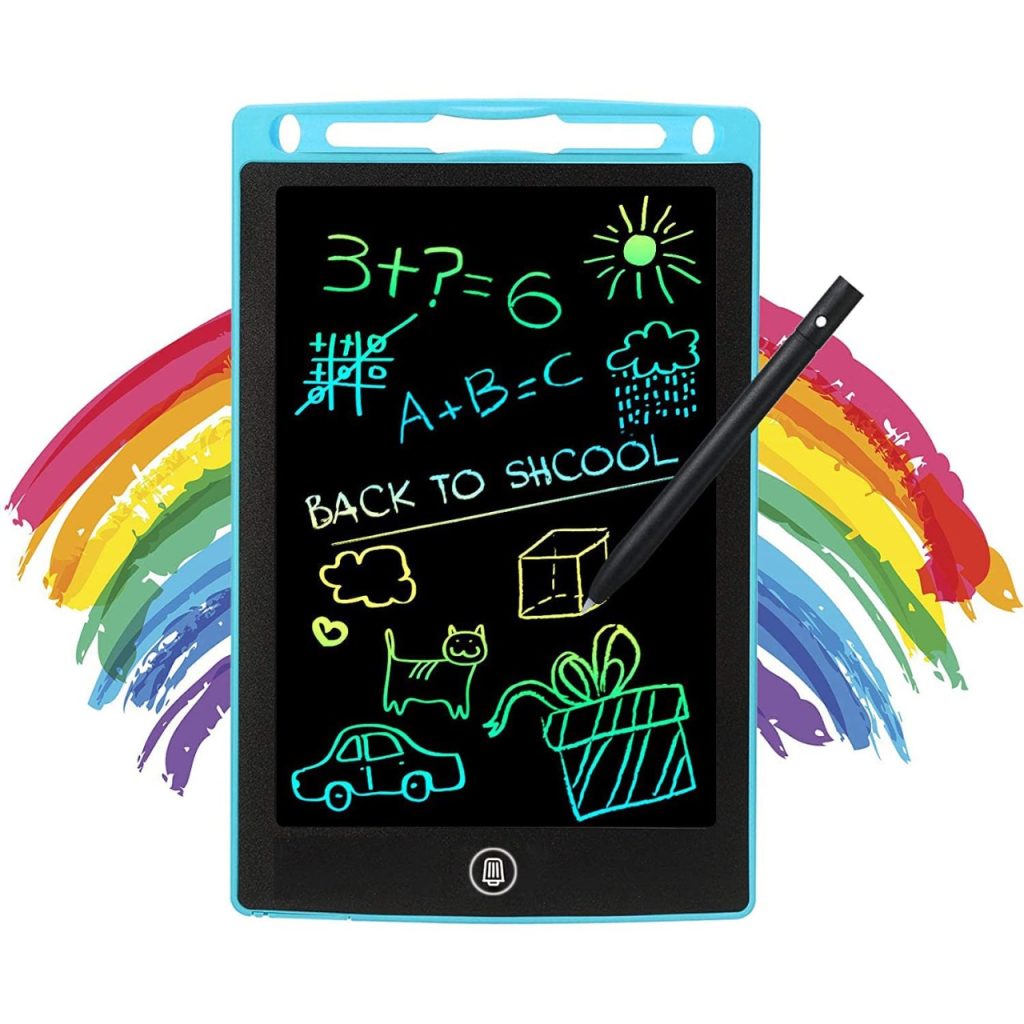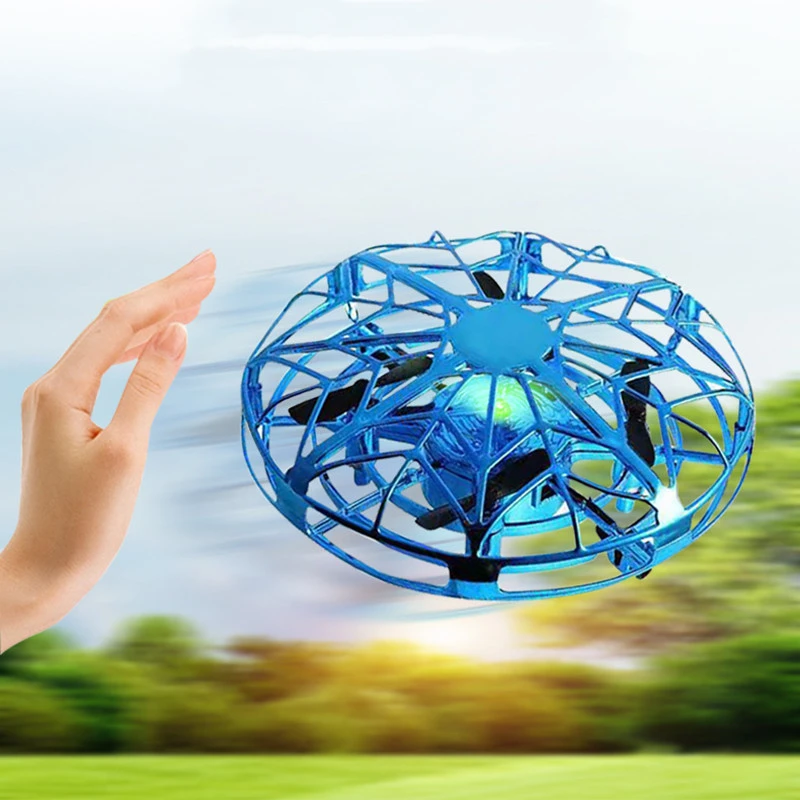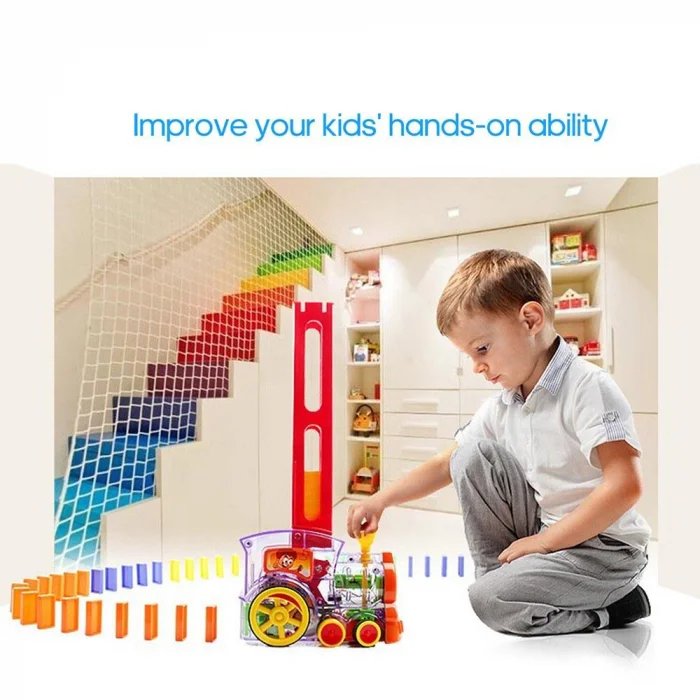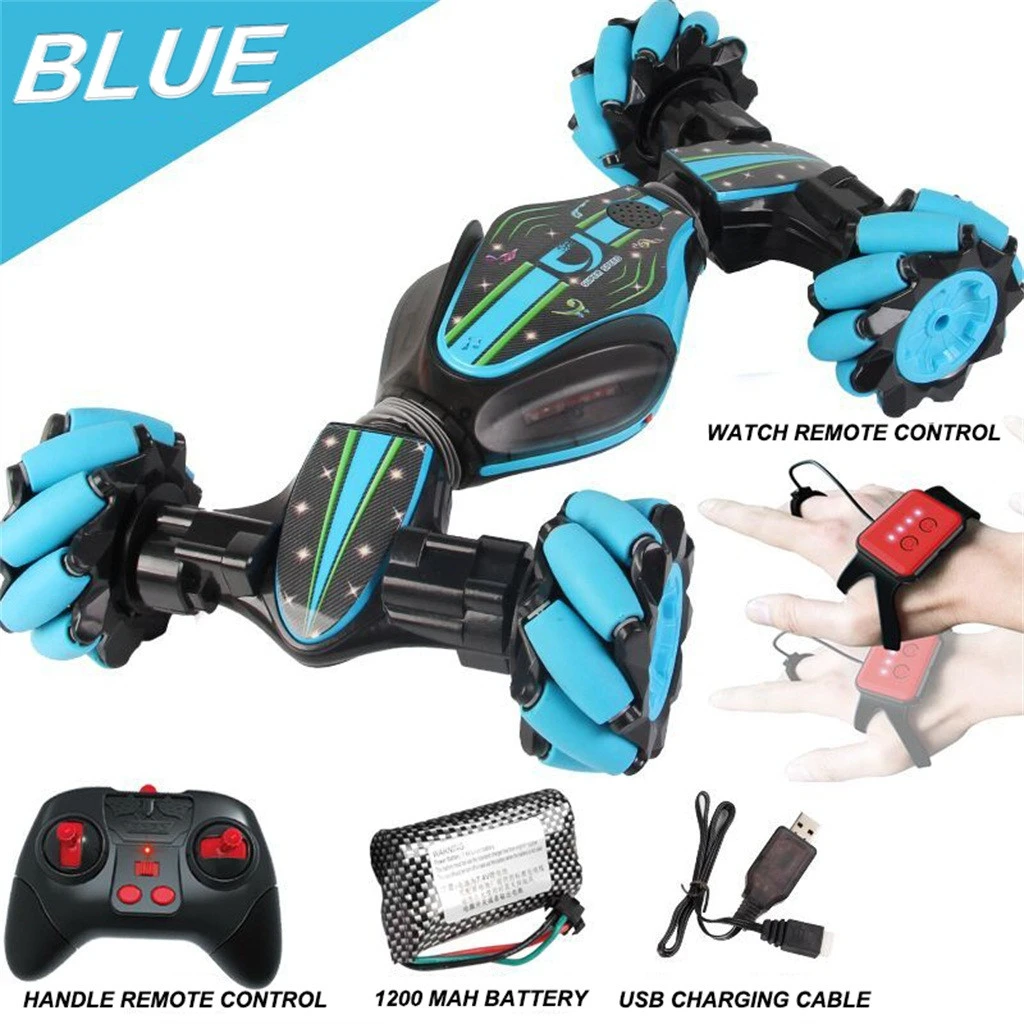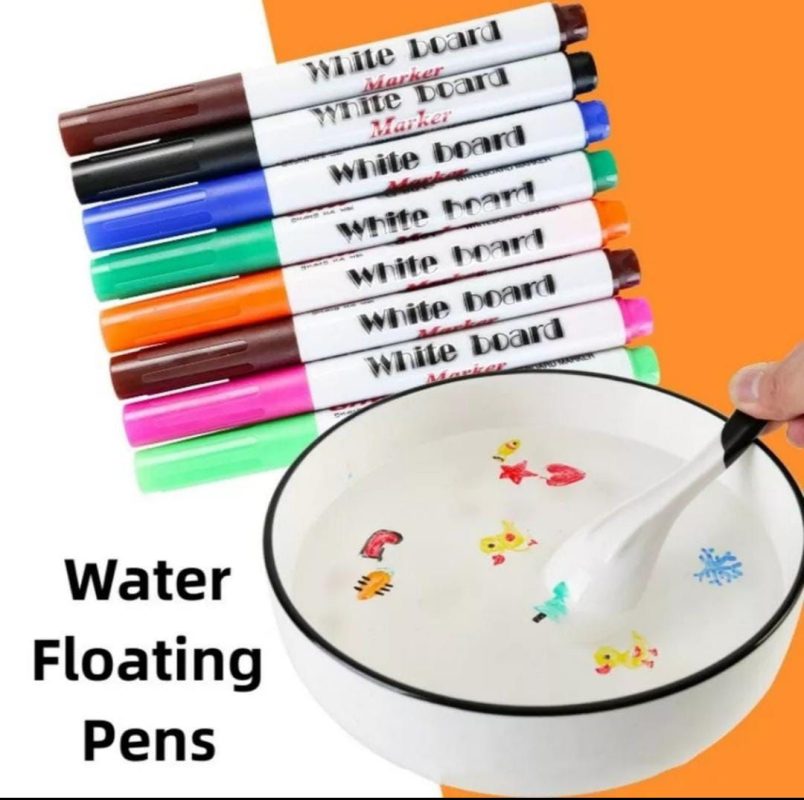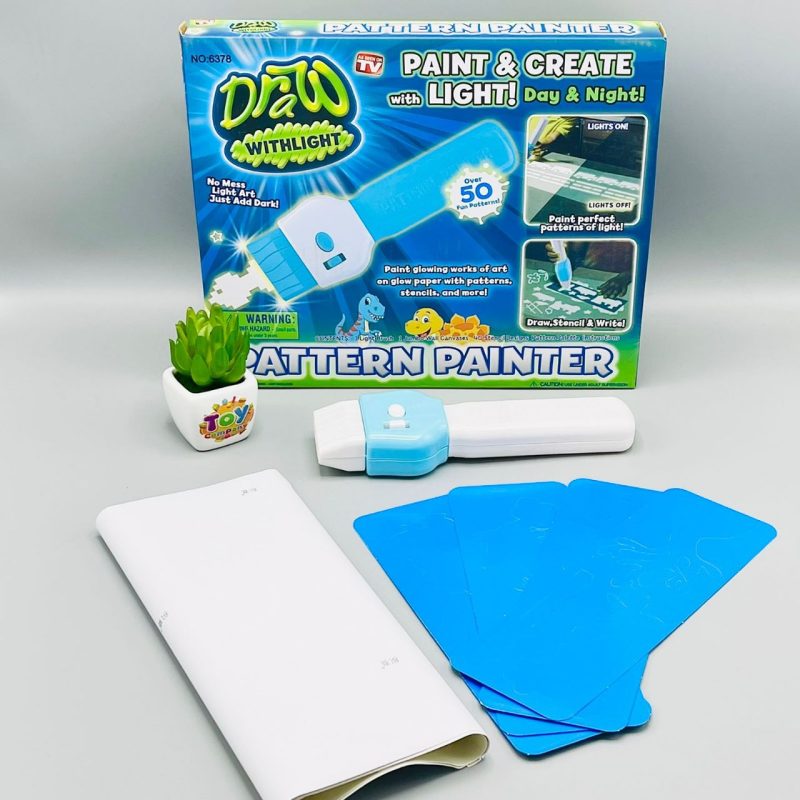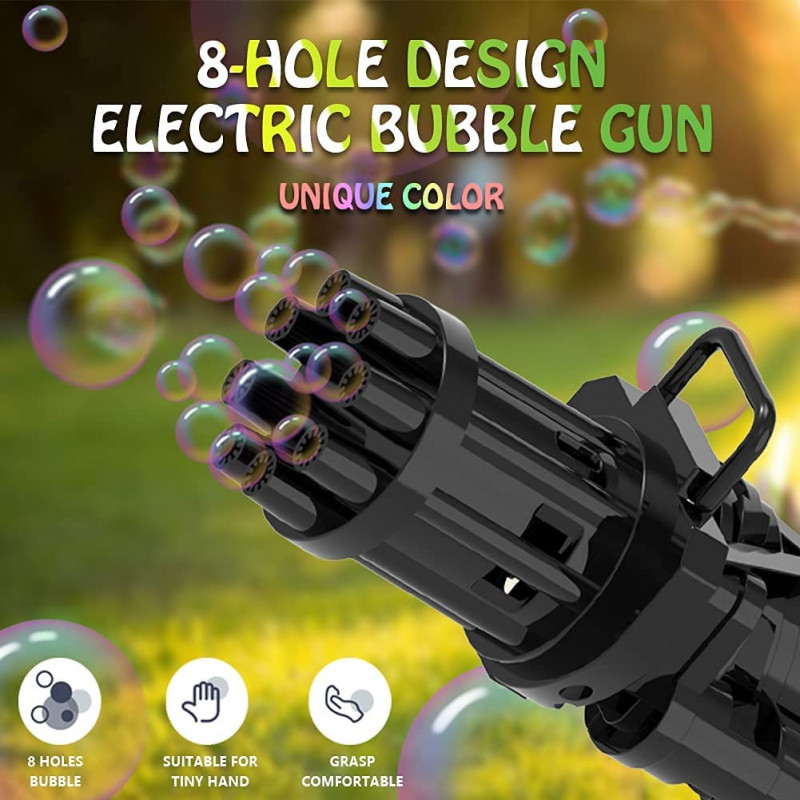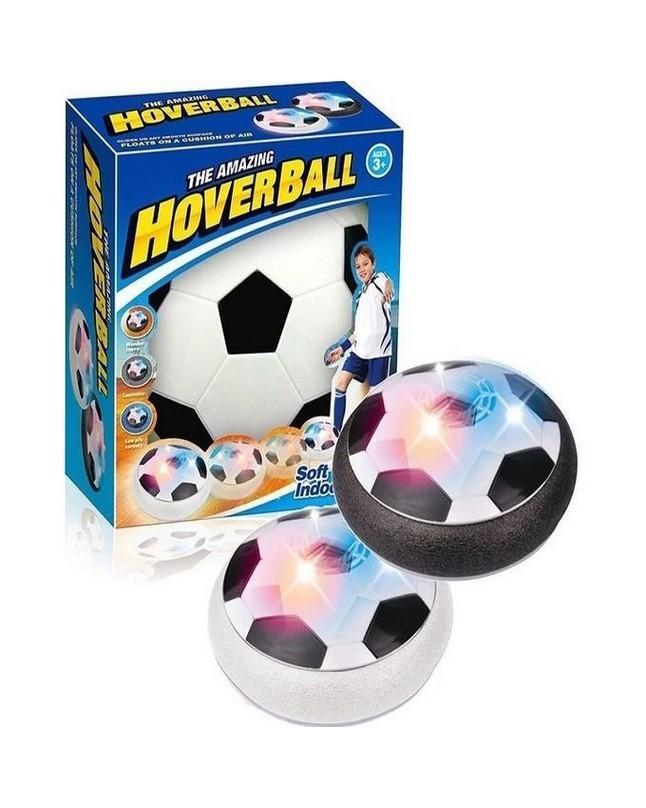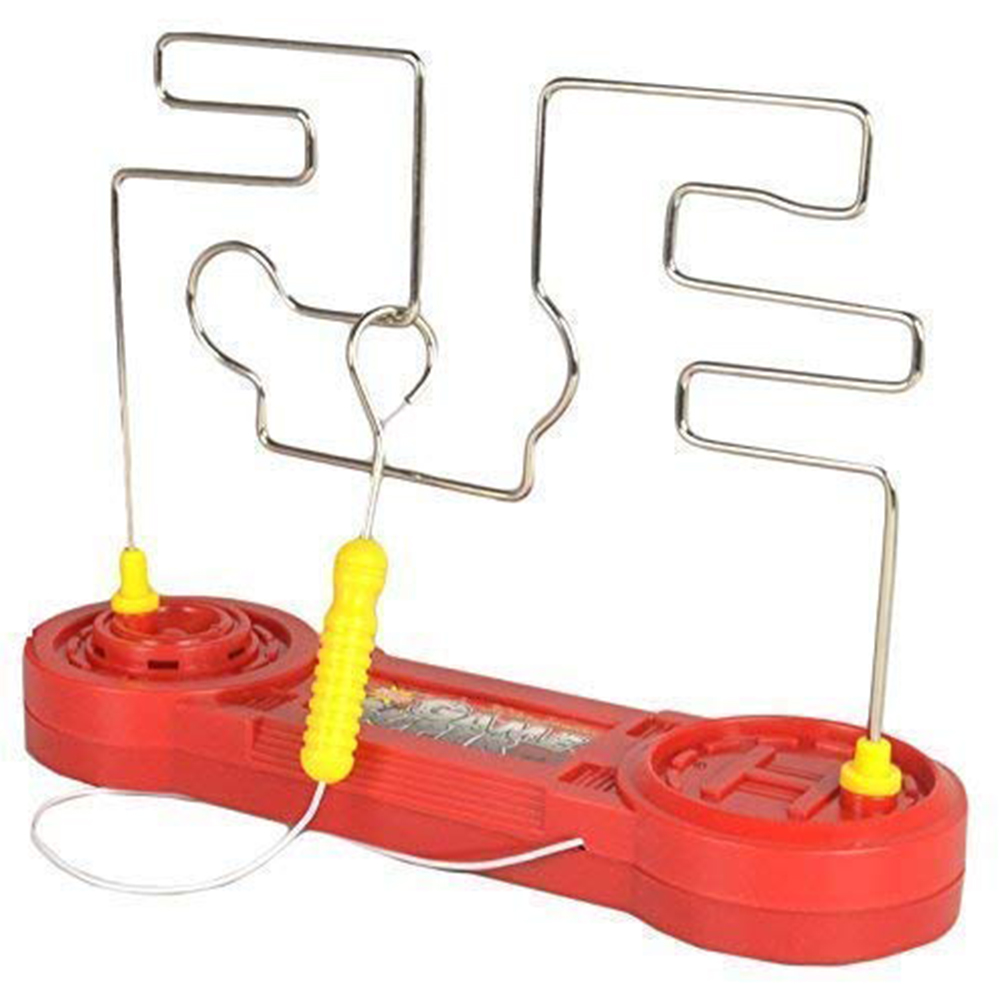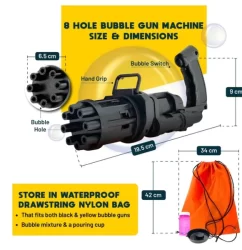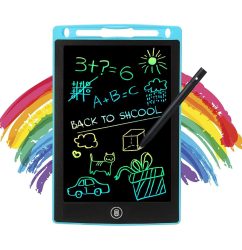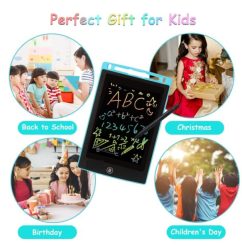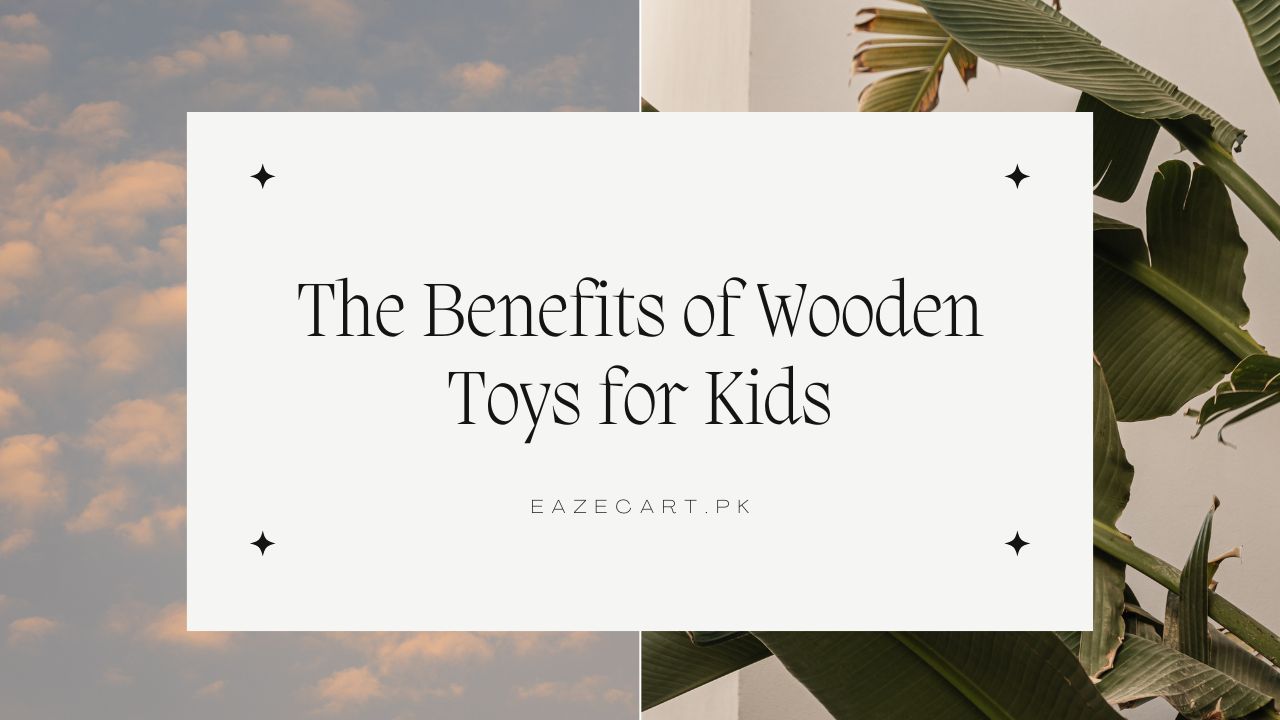In today’s fast-paced, technology-driven world, it’s important to encourage children to explore their creativity and imagination through play. Wooden toys have been cherished for generations and continue to provide an engaging and educational alternative to the plethora of electronic devices available.
Why Choose Best Toys for Kids:
Durability: These toys are known for their strength and ability to withstand rough play, making them perfect for young children.
Eco-friendliness: These kinds of toys are often made from sustainably sourced materials, making them a more environmentally friendly option than many plastic alternatives.
Developmental benefits: Playing with wooden toys can help support a child’s cognitive, motor, and social skills.
Types of Wooden Toys for Kids
Building blocks: Classic wooden blocks in various shapes and sizes encourage creativity, spatial awareness, and problem-solving skills.
Puzzles: Wooden puzzles, ranging from simple peg puzzles for toddlers to intricate jigsaw puzzles for older children, help develop critical thinking and hand-eye coordination.
Pretend play toys: Wooden dollhouses, kitchens, and workbenches inspire imaginative play and storytelling.
Educational toys: Montessori-inspired wooden toys, such as sorting sets, counting frames, and geometric shapes, promote learning through play.
Encouraging Creative Toys:
Providing open-ended play opportunities: Select the best toy that can be used in multiple ways to foster imagination and creativity.
Incorporating storytelling: Encourage your child to create stories and scenarios with their wooden toys to build language and social skills.
Combining with other materials: Introduce natural elements, like sand, water, or clay, to expand play possibilities and promote sensory exploration.
Tips for Choosing the Right Toys for Your Children:
Age-appropriateness: Select toys that are suitable for your child’s age and developmental stage.
Quality and safety: Look for well-crafted toys with smooth surfaces, rounded edges, and non-toxic finishes.
Expandability: Choose wooden toys that can be added to or combined with other sets to grow with your child’s interests and abilities.
Caring:
Cleaning and maintenance: Learn how to properly clean and care for your wooden toys to ensure they last for years to come.
Repair and restoration: Tips for fixing minor damages and restoring the appearance of well-loved wooden toys.
Storing and organizing: Find creative storage solutions that keep wooden toys accessible and organized.
The Sensory Experience:
Tactile engagement: The natural texture and weight of toys stimulate a child’s sense of touch, promoting fine motor skills and hand-eye coordination.
Visual appeal: The simplicity and warmth of wooden toys can help foster a child’s appreciation for aesthetics and design.
Auditory stimulation: Wooden toys, such as rattles and musical instruments, can produce unique sounds that engage a child’s sense of hearing.
Cognitive Development:
Problem-solving: Wooden toys, like puzzles and building sets, encourage children to think critically and find solutions to challenges.
Spatial awareness: Playing with wooden toys, such as blocks and shape sorters, helps children develop an understanding of spatial relationships and geometry.
Early math and literacy skills: Kits toys featuring numbers, letters, and simple words can lay the foundation for basic math and reading abilities.
Fostering Social and Emotional Skills:
Empathy and cooperation: Wooden toys that encourage pretend play, like dolls and playsets, can help children practice empathy, communication, and collaboration.
Patience and perseverance: As children work with toys, they learn to overcome obstacles, developing patience and resilience.
Self-expression and creativity: Wooden toys provide open-ended play opportunities, allowing children to explore their imagination and express their thoughts and feelings.
Promoting Environmental Awareness and Sustainability through Wooden Toys
Eco-friendly materials: By choosing wooden toys made from sustainably sourced wood and non-toxic finishes, parents can teach children about environmental responsibility.
Durability and longevity: High-quality toys are built to last, reducing waste and encouraging a mindset of valuing and caring for possessions.
The importance of simplicity: These kinds of toys remind us that simplicity can be just as engaging and enjoyable as complex, electronic gadgets, fostering an appreciation for life’s simple pleasures.
Selecting the Best Toys for Your Child’s Development
Personalizing toy choices: Consider your child’s interests, abilities, and developmental stage when selecting wooden and kits toys.
Balancing playtime: Encourage a mix of open-ended, creative play and more structured, skill-building activities with wooden toys.
Encouraging exploration: Provide opportunities for children to discover new ways of using their toys, sparking curiosity and a love for learning.
Conclusion
Wooden toys offer a multitude of benefits for children’s development, providing a sensory-rich experience that supports cognitive, social, and emotional growth.
By understanding the value of these timeless playthings and carefully selecting toys that align with your child’s interests and needs, you can encourage a lifelong love for learning and play.
With the information and insights provided in this article, you can confidently embrace the world of toys and create a nurturing, engaging play environment for your child.




